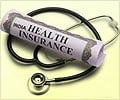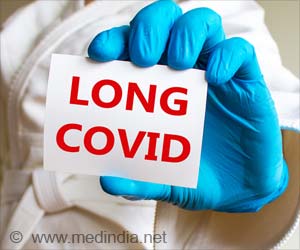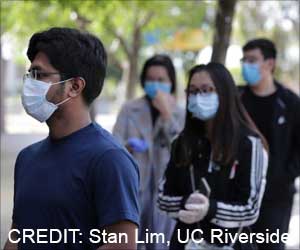Rural hospitals face unique challenges to fight COVID-19. However, COVID-19 preparedness and response plan can help address unique challenges for rural hospitals and health care systems.

‘Rural hospitals face unique challenges to fight COVID-19. However, COVID-19 preparedness and response plan can help address unique challenges for rural hospitals and health care systems.’
Read More..




"We have an older patient population, and they have more comorbid conditions than what you might find in an urban area," said Jean Miner, MD, MHA, MMEL, FACS, a general surgeon at Guthrie Clinic/Robert Packer Hospital in Sayre, Pa., and article coauthor. "Our population is also very spread out, with about 77 people per square mile, and some of the research shows that up to 35 percent of the people in rural areas don't have Internet access. Some of our staff doesn't even have Internet access." By comparison, New York City has about 27,500 people per square mile. Read More..
Robert Packer Hospital is a 267-bed tertiary care teaching hospital in Sayre, a town of about 5,400 people, 270 miles northwest of New York City. It is the primary institution of the Guthrie Clinic, a nonprofit system of five hospitals that serves an area of about 770,000 people in 12 counties in northern Pennsylvania and the southern tier of New York State.
"Our older patients are at risk of not only complications from COVID-19 and the higher mortality rates, but also have chronic diseases that we must also take care of to try to keep them out of the hospital at this time," Dr. Miner said.
Key components of the preparedness plan include:
- Implementation of a screening process for visitors and employees (which began in early February) and tightening that process as more information about the coronavirus became available
- Having nonessential staff work at home before such a mandate was in place from governors in either state
- Conserving personal protective equipment (PPE)
- Postponing elective procedures
- Having a contingency plan to redeploy a pool of volunteer physicians and advanced practitioners to cover areas where they're needed during a surge of COVID-19 patients
The telehealth system works despite the limits of Internet access in rural areas, explained coauthor Burt Cagir, MD, FACS, a general surgeon. Most outpatient clinics within the system have telehealth kiosks, and the system is flexible to fit each patient's needs. "We allow all of our patients to communicate with any and every modality available to them, such as cellphones so they're able to do video conferencing," he said. Landline telephone calls are also handled and documented in patient records. The system now has the capability to do 1,000 video visits daily, he said.
Advertisement
Dr. Miner explained the huddle works on four staffing levels: front-line, department, hospital, and systemwide.
Advertisement
Dr. Cagir explained that the processes the Guthrie Clinic adopted were developed using the Lean Six Sigma and the PDCA cycle (for plan, do, check, act) principles that industry has used to improve efficiency and quality.
"Without a doubt this approach is scalable to every urban and rural center," Dr. Miner said. "Frequent communication has been key." She noted that staff gets a daily e-mail with that day's news, trends and expectations and that there are multiple ways staff can exchange ideas, including a Workplace from Facebook portal.
Source-Eurekalert















